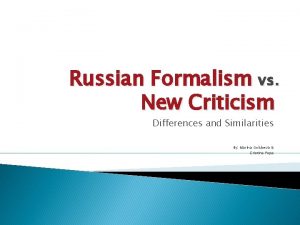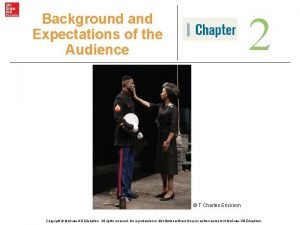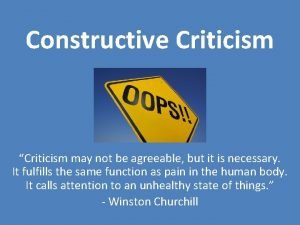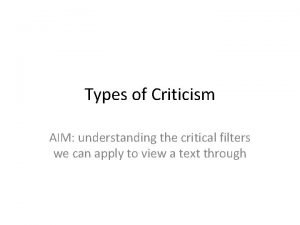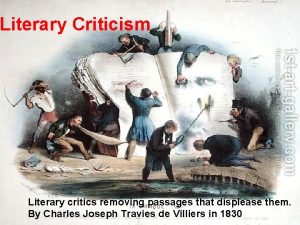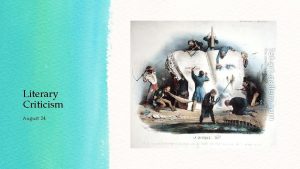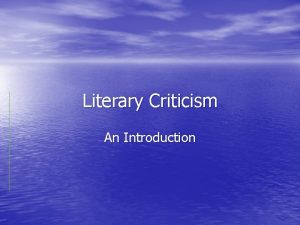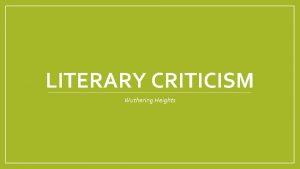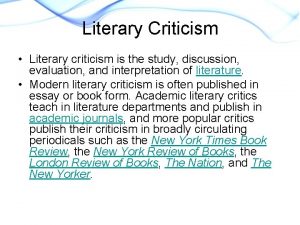Close reading In literary criticism close reading is





- Slides: 5

Close reading In literary criticism, close reading is the careful, sustained interpretation of a brief passage of a text. A close reading emphasizes the single and the particular over the general, effected by close attention to individual words, the syntax, the order in which the sentences unfold ideas, as well as formal structures.

• In French criticism, close reading is similar to explication de texte, the tradition of textual interpretation in literary study, as proposed by Gustave Lanson. • A technique advocated by the New Critics in interpreting a literary work, Close Reading derived from (I A Richards’s Practical Criticism (1929) and William Empson’s The Seven Types of Ambiguity(1930). • Close reading is a mode of exegesis that pays scrupulous attention to the rich complexity of textual meaning rendered through rhetorical devices of irony, ambiguity and paradox’ (41). Freund’s definition is particularly useful because it names three of the features − irony, ambiguity, and paradox − that New Critics consider crucial to literary language (another is tension)

Strategies of Close Reading • In this approach, each text is seen as a timeless artistic product. What particularly interested the first close readers were: • The ambiguities within texts • How many layers of meaning or interpretation there were • The paradoxes • The undercurrents of tone • How sincere or honest the writer's voice was, and at what level • The imagery used: how central it was to conveying meaning, how subtle its patterns, how symbolic, how original • Skills with words, in wordplay, assonance, alliteration, puns • Innovations with form, rhythm and other structures • Evaluation in terms of the match or consonance of content, tone and expression • Evaluating the overall merit of each text, in terms of the above.

• These three ways of incorporating other writers' work into your own writing differ according to the closeness of your writing to the source writing. • Quotations must be identical to the original, using a narrow segment of the source. They must match the source document word for word and must be attributed to the original author. • Paraphrasing involves putting a passage from source material into your own words. A paraphrase must also be attributed to the original source. Paraphrased material is usually shorter than the original passage, taking a somewhat broader segment of the source and condensing it slightly. • Summarizing involves putting the main idea(s) into your own words, including only the main point(s). Once again, it is necessary to attribute summarized ideas to the original source. Summaries are significantly shorter than the original and take a broad overview of the source material.

Uses of paraphrase and summary • Provide support for claims or add credibility to your writing • Refer to work that leads up to the work you are now doing • Give examples of several points of view on a subject • Call attention to a position that you wish to agree or disagree with • Highlight a particularly striking phrase, sentence, or passage by quoting the original • Distance yourself from the original by quoting it in order to cue readers that the words are not your own • Expand the breadth or depth of your writing
